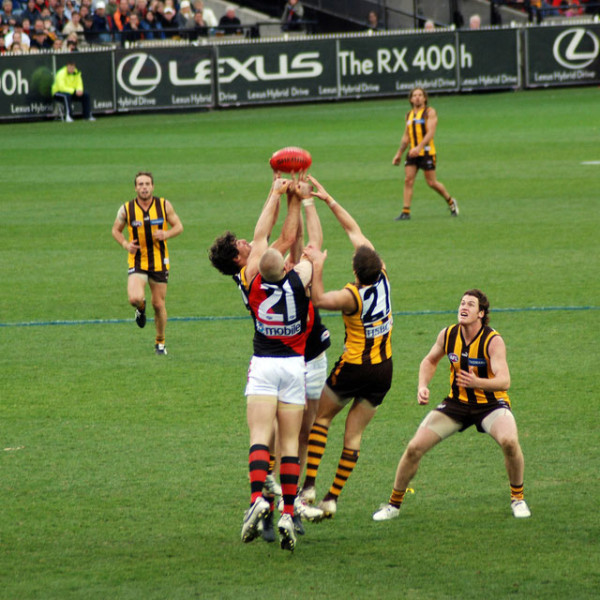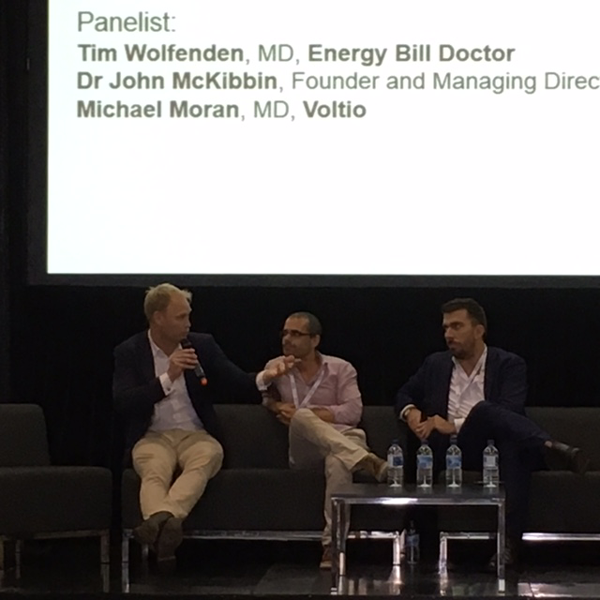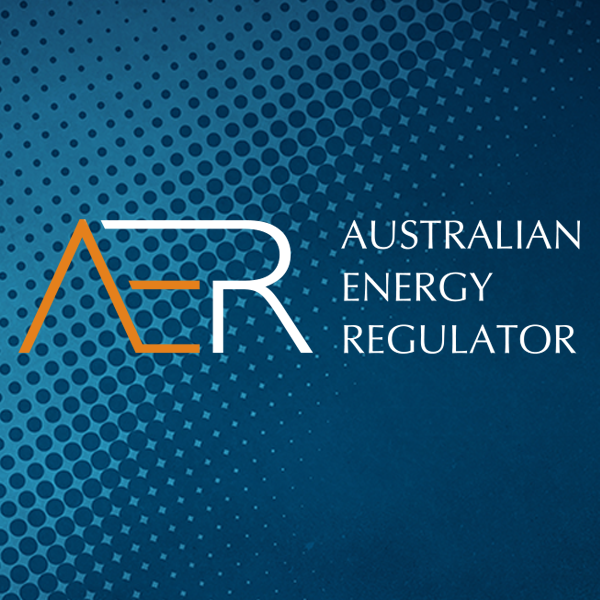It’s a new financial year and, like clockwork, NSW, Queensland and South Australian consumers have faced rising electricity costs. In south-east Queensland, July 1 also marked the commencement of deregulation in retail electricity prices for the Energex network, bringing south-east Queensland into line with Victoria (January 2009), South Australia (February 2013) and NSW (July 2014).
What does this mean?
The Queensland Competition Authority (QCA) no longer sets a benchmark electricity offer for you as a residential or small business customer, an offer that all energy retailers need to provide. According to the Queensland Productivity Commission (QPC), this will result in “increased competition with the entrance of new energy retailers and lead to potentially lower prices”.
Now, I completely agree with the first part of the QPC’s reasoning for deregulation. Yes, new retailers will enter the retail electricity market on the Energex network. Allowing a business to independently set a price for its product or service creates a far more enticing environment in which to operate. There is also strong evidence to support this outcome from earlier deregulation in the other states.
As for the second part of the reasoning for deregulation, it’s worth highlighting the QPC’s use of the words “potentially lower prices”. Electricity prices across all deregulated states have done anything but go down since deregulation. In fact, year-on-year prices have only increased since deregulation.
Why is this happening?
The rises cannot be attributed solely to deregulation, of course, but there is another price outcome for consumers that can be.
Consumer choice in an energy retailer does come at cost. Evidence of this is that, despite an increase in competition and the number of offers available to consumers in deregulated states, the difference between the best and worst offers has also dramatically increased. As of June 2016, there was a $340 difference between the best and worst offer available to residential customers on the Energex network (using average annual usage for a four-person household).
At the same time, in the deregulated and most competitive retail energy state of Victoria, the difference between the best and worst offer was $633, nearly twice that amount. So in terms of savings, if Victorian households don’t pay attention and shop around from year to year for a better than average offer, they’ll find themselves losing out by roughly the same amount as a household in south-east Queensland pays with the absolute worst on-market offer.
The argument for deregulation
The big question we need to answer is: does having a deregulated price result in a lower price of electricity for consumers? On average, it would seem not. However, this is a complex question to answer. Obviously, aside from deregulation, there are more significant factors that influence the price we pay.
Over the past decade, significant upgrades and maintenance have led to electricity supply charges increasing significantly across all networks that make up the national electricity market (NEM). Supply charges now account for about 20% of the average household or small business electricity bill.
More recently, however, wholesale energy prices (the price retailers pay for the energy that they sell to you) in all NEM states have experienced a significant jump due to sustained record gas prices in Victoria, NSW and South Australia. This was a result of gas supply to gas-fired generators and markets being trumped by the price for and demand from the LNG export terminals in Gladstone. Having our wholesale energy markets compete directly with the export price for gas, without having established a domestic gas reserve, is proving costly.
How much are we paying for electricity?
So given the price rises, let’s make sure that you don’t end up paying more than necessary on your household’s or small business’s electricity this financial year. In summary:
- In NSW, households have been slugged an extra yearly $192 on average, as the major retailers lifted their standard prices 9.3% on average.
- Households in south-east Queensland (Energex) have fared better than those in NSW, slugged on average an extra $95 a year, as the major retailers lifted their prices an average 4.4%.
- Regional Queensland (Ergon) hasn’t made it into the new financial year unscathed. The QCA announced that a typical residential bill will rise by 2.8%, and a typical small business customer will be slugged with a very unwelcome increase of 11.2%. For the time being, the QCA will regulate prices for rural customers on the Ergon network. But this may soon change as new laws passed in mid-July allow the merger of Energex and Ergon to form Energy Queensland. State Energy Minister Mark Bailey says the merger will deliver greater efficiency for taxpayers by removing “duplication in areas like administration, shared services, boards, management, and corporate costs”.
- In South Australia, the vast majority of residential electricity customers face an average annual price hike of a whopping $251 (10%) for the year ahead.
How can I ensure I’m not paying too much?
So shop around and visit EnergyMadeEasy to compare offers. For anyone who struggles to understand their electricity bill, you can find a great guide there as well. Keep an eye out for the release of the “big energy switch” offers from One Big Switch. Its campaign offers tend to beat the best on-market offers at the time of their release. Better still, if you’ve got a good understanding of your bill, use the One Big Switch offer to demand an even better deal from your current retailer if they wish to keep you.
This article first appeared in Money Magazine on 20 October 2016.









